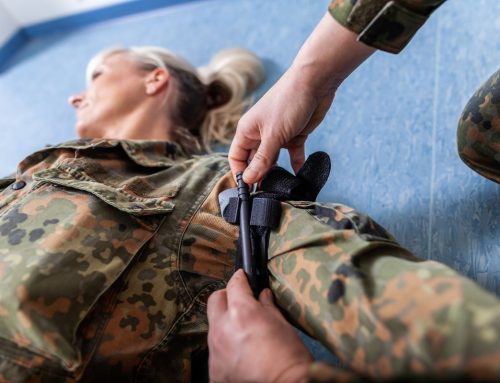Orthopedic braces and support systems are manufactured for use in injury prevention, rehabilitation, post-operative care, and osteoarthritic care. They are also used to protect, support, and strengthen the joints and muscles and are used by athletes to avoid injury. The orthopedic braces and support devices market reached $3.8 billion globally in 2021, and it looks set to continue growing.
These devices fall into three categories: lower extremity braces, upper extremity braces, and back and hip braces. Most of the devices require a rubberized or protective coating of specific components. This post will focus on lower extremity orthotics and the manufacturing of orthopedic braces for this discipline.
Types of Lower Extremity Orthotics
Lower extremity orthotics are external medical devices attached or worn on a lower limb to improve function. They provide support, control motion, reduce pain, correct deformities, and prevent the progression of irregularities in the limb. These include:
Foot Orthotics
These devices are commonly prescribed to address foot pain when standing or walking. These come in both custom-molded and custom-fit models, as well as off-the-shelf products. The devices begin with frameworks made from polypropylene or graphite, which are rigid yet flexible enough to resist injury-producing foot motions. The frames are covered with cushioning materials such as neoprene, silicone, or ethylene-vinyl acetate that prevent injuries.
Ankle Supports
Ankle braces are typically prescribed for patients suffering from sprained ankles or other minor injuries. These take the form of braces that immobilize the joint while delivering heat and compression to the affected area.
Ankle braces come in rigid, semi-rigid, and non-rigid models. The rigid stabilizers consist of materials such as polypropylene or graphite shaped to fit the contours of the area, which offers mild support while the injury heals.
As with foot orthotics, the frame is covered by softer materials such as neoprene, silicone, or memory foam to create a comfortable, cushioned product.
Functional Knee Orthotics
This is a common type of knee brace usually prescribed for patients with knee ligament damage, post-operative knee instability, or the need to offload a knee compartment due to osteoarthritis. This brace is made from rigid materials, parts of which are dip-coated in liquid rubber. Polyurethane foam molding acts as a cushioning agent, while neoprene straps connect the hard plastic fastener mechanisms.
Hip Abduction Orthotics
Hip joint conditions such as dislocation, fracture, or post-surgical recovery require support that limits flexion and extension of the joint, as well as abduction and adduction. A hip brace holds the femur in the hip socket and must be worn 24 hours per day to provide firm support and stabilization for a non-operable hip disorder or arthroplasty. The brace must be comfortable for the patient, with a rigid shell, polyurethane foam for a padded thigh cuff that increases optimal alignment, and adjustable compression belts.
Designing Custom Lower Extremity Orthotics
While many orthopedic devices are available from established suppliers, many patients need custom orthotics. Companies that design and manufacture custom braces and components for lower extremity support can contact Midwest Rubber Company to experience the benefits of our innovative design team.
For more information on designing custom orthopedic braces and supports, please contact us at 810.376.2085.



